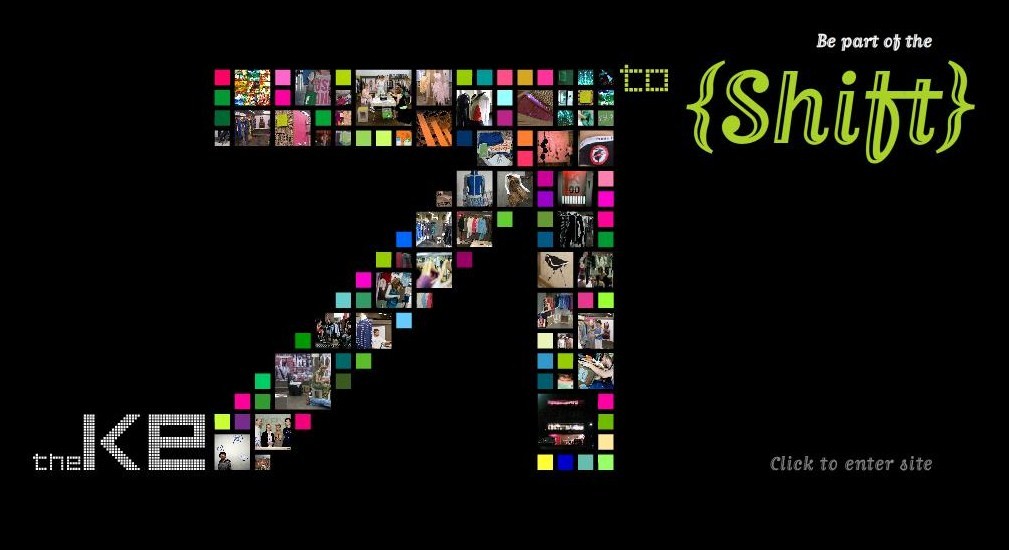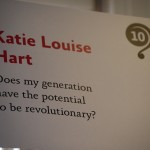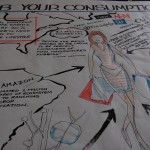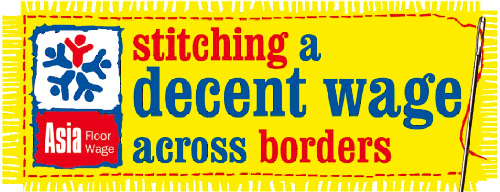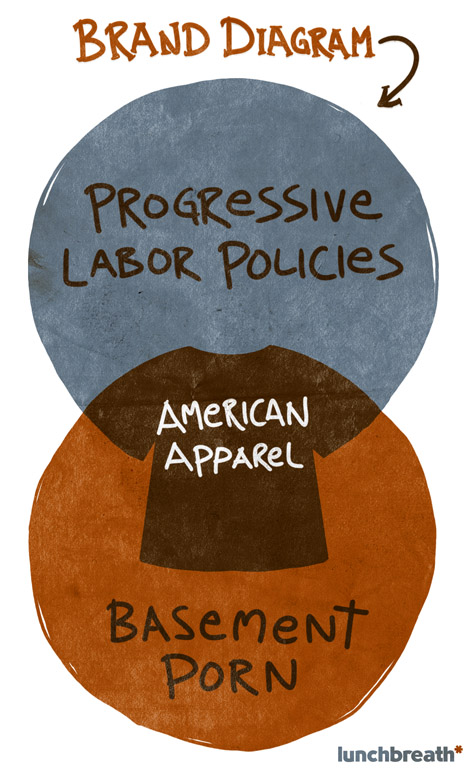Prediction: 2010 will be the year of the care tags. That is, responsible care tags, among mainstream retailers.
You may remember SA highlighting Gap Inc.’s short-sightedness when we took a closer look into their Clean Water Campaign. Although we commended the company for an effective goal implementation strategy, it was hard to ignore the areas in which the company’s analysis fell (and continues to fall) short.
For starters, they seem to have conveniently ignored the impact of their product user, the consumer. Gap Inc.’s impact assessment stops at the retailer! As a result, they have washed their hands of any social or environmental impact of any Gap Inc. product once it has been purchased by the consumer. An oversight as large as this, by a company as large as the Gap, is…well, very bad! For more details on the problems with this incomplete lifecycle analysis check out our earlier post.
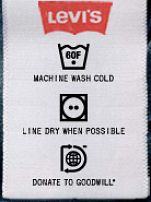 Thankfully, Levi Strauss & Co. has recently extended its corporate footprint to include the impact of the user, and launched a new care tag campaign as a result.
Thankfully, Levi Strauss & Co. has recently extended its corporate footprint to include the impact of the user, and launched a new care tag campaign as a result.
“To determine where even greater environmental improvements could be made, the company studied every stage in the life cycle of a typical pair of 501 jeans. The findings indicated that one of the greatest opportunities for reducing climate change and water impact happens after consumers take their jeans home. That’s why, in addition to asking consumers to donate used clothing to keep it out of landfills, Levi’s is encouraging consumers to wash less, wash in cold water and line dry when possible— all of which together reduces your climate impact from washing and drying your Levi’s jeans by more than 50 percent.” (Levi Strauss & Co)
They have also gone ahead and acknowledged the impact of the end of life of their products in their analysis, through a partnership with Goodwill, and have even included a new logo on the care take to symbolize encouragement for product donation.
Unfortunately, one huge social and environmental impact consideration that was missing from Gap Inc. care tags is also missing by Levi Strauss: information on best practices with respect to cleaning detergents!
According to William McDonough & Michael Braungart, in their book Cradle to Cradle: Remaking the Way We Make Things, laundry detergent is a classic example of design for the worst-case scenario. What does this mean? Well, it means that a universal strategy has been put in place to make sure that in every scenario the end result on the product is the same. Essentially, they argue that systems of universal design assume “a worst-case scenario; they design a product for the worst possible circumstance, so that it will always operate with the same efficacy.” (Braungart and McDonough, 30) In this case, “[c]leaning detergents lather up, remove dirt, and kill germs efficiently the same way anywhere in the world―in hard, soft, urban, or spring water, in water that flows into fish-filled streams and water channelled to sewage treatment plants” (29-30). The authors go on to argue that “[u]nder the existing paradigm of manufacturing and development, diversity―an integral element of the natural world―is typically treated as a hostile force and a threat to design goals.” (32) Although “the economic payoff immediately rises, the overall quality of every aspect of this system is actually in decline.” (35) Your laundry detergent is hostile!
Commenting on the Levi care tags, Michael Kobori, vice president of social and environmental sustainability at Levi Strauss, has stated that “[t]his is the first major step to begin to engage consumers in their environmental impact and what they can do reduce it” (Ecotextile News) We are hoping the next steps will reflect on solutions for consumer education in the detergent department.
It’s so unfortunate that Gap Inc. dropped the ball on this consumer education initiative. The Gap’s Clean Water Campaign only included the 1969 jean. Why isn’t the company doing more to promote best practices on the rest of its denim products? Rather, in the rest of all of its products! They likely will be doing so now.
You can look for the new Levi’s tags in the U.S. by Jan. 2010, and globally by Fall 2010. But wait! That’s not all…“[t]he Levi’s ® brand and Goodwill® will also spread the word to consumers through online viral campaigns and in retail store communications.”
Did you hear that Gap Inc.? You still have time to catch-up! Why not start your own online viral campaign and in store consumer education campaign? If you need any help, we’d be happy to walk you through the actual stages of your garments’ footprint…..
Reminder! The abstract submission date on the call for papers for Social Labelling in the Global Fashion Industry is November 15th. Click here for more info.
Source: Levi Strauss & Co and Ecotextile News
Work Cited: Braungart, Michael and William McDonough. Cradle to Cradle: Remaking the Way We Make Things. New York, NY: North Point Press, 2002.
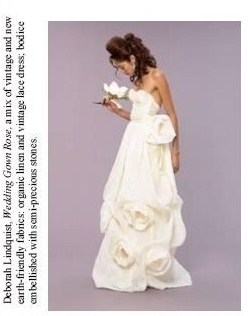 “The 11th Annual New York Fashion and Design Conference considers the link between sustainability and stewardship as embodied in the broad concept of ‘Heirloom,’ the process whereby one generation’s creations become the valued patrimony of those that follow.
“The 11th Annual New York Fashion and Design Conference considers the link between sustainability and stewardship as embodied in the broad concept of ‘Heirloom,’ the process whereby one generation’s creations become the valued patrimony of those that follow.